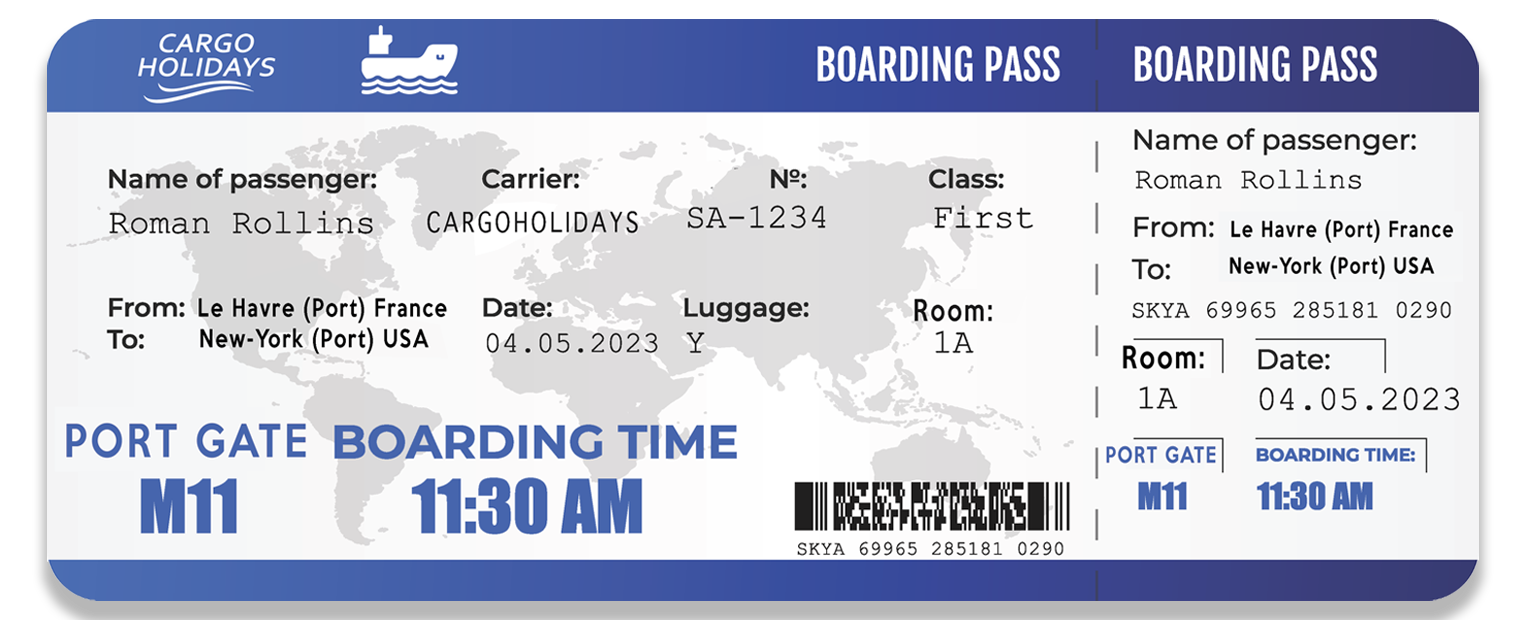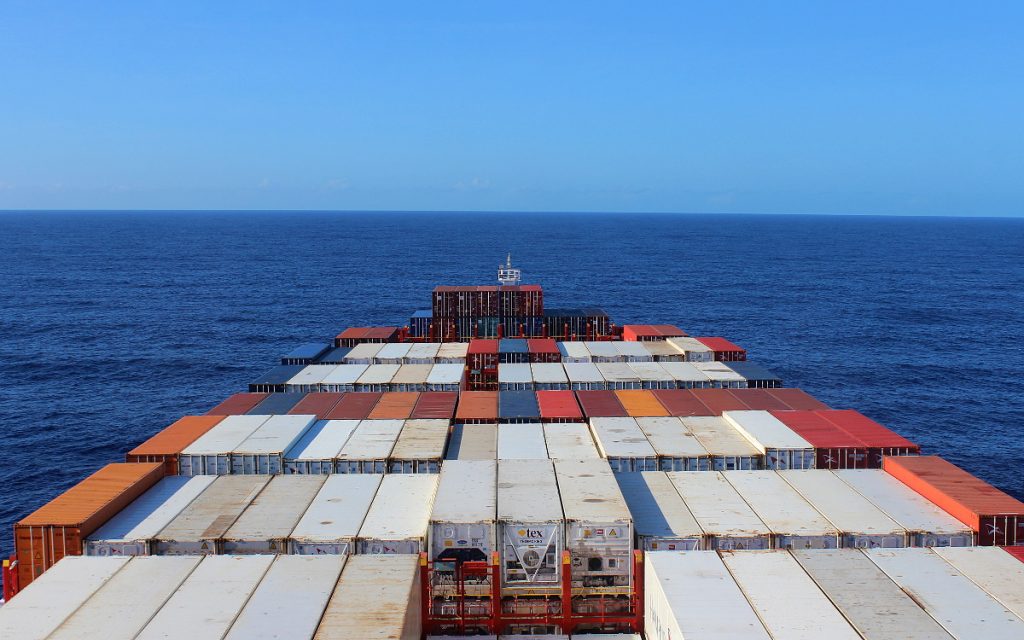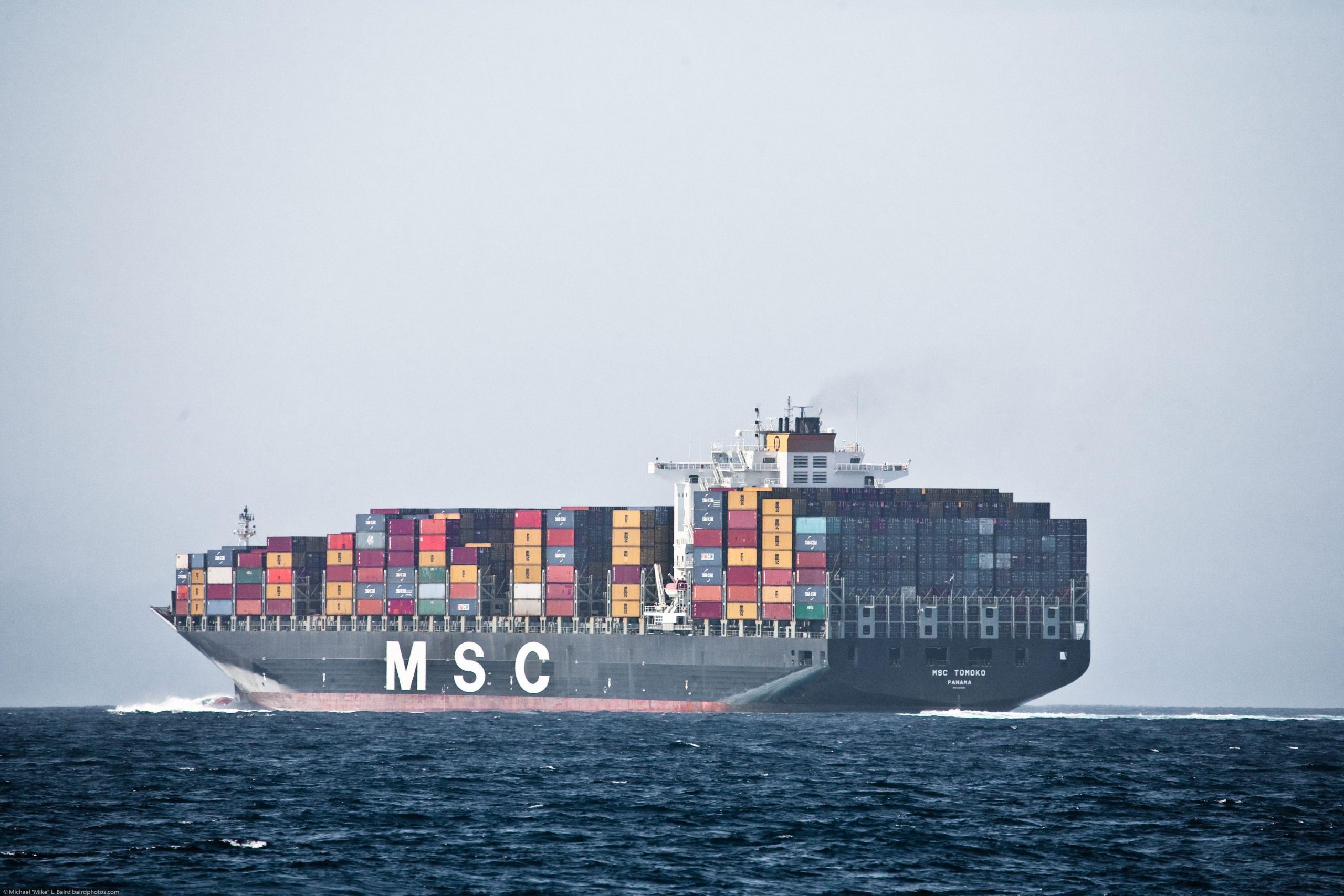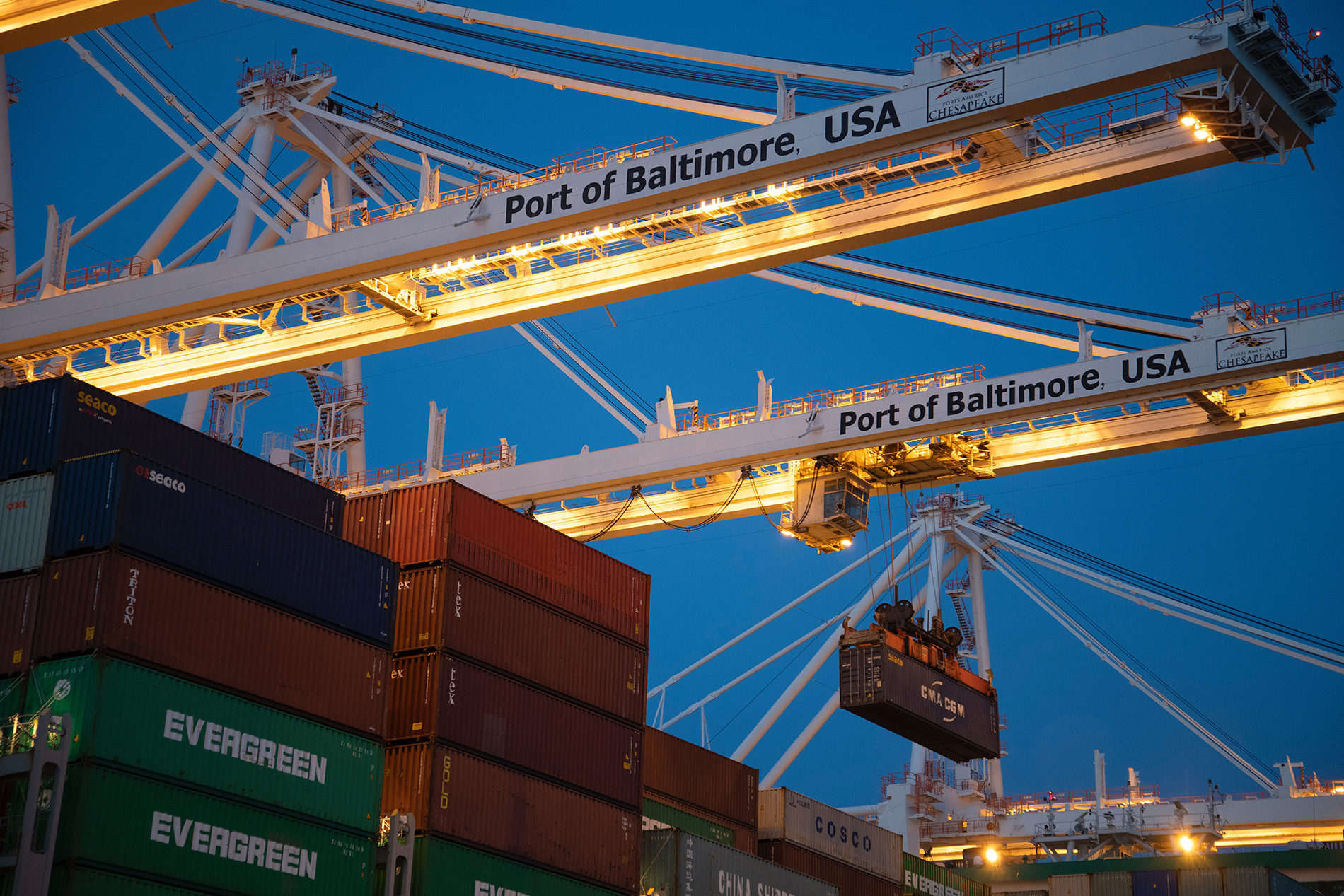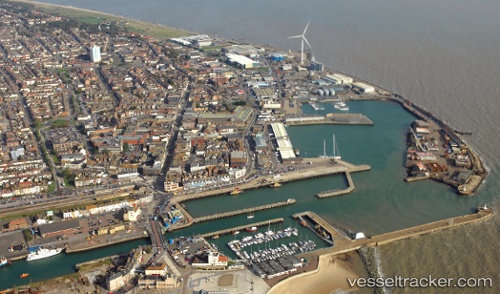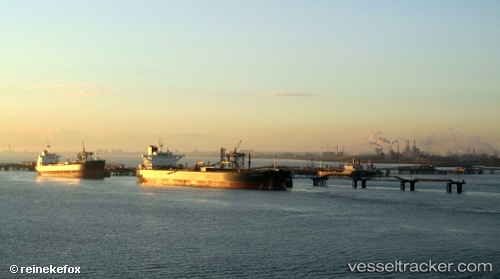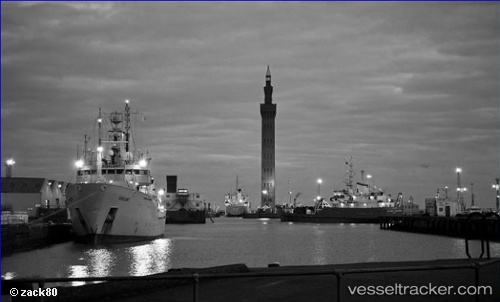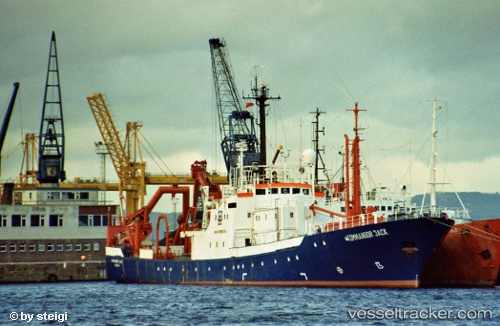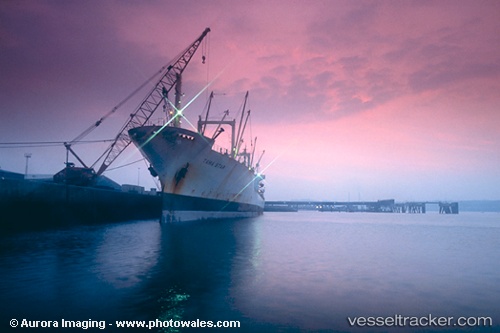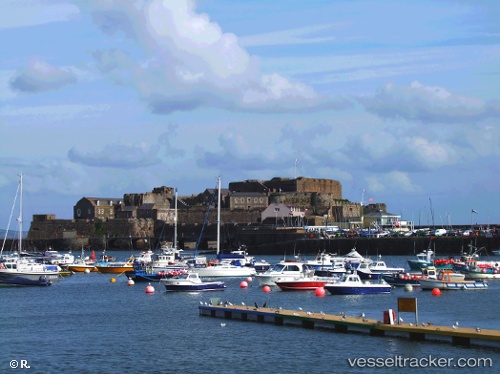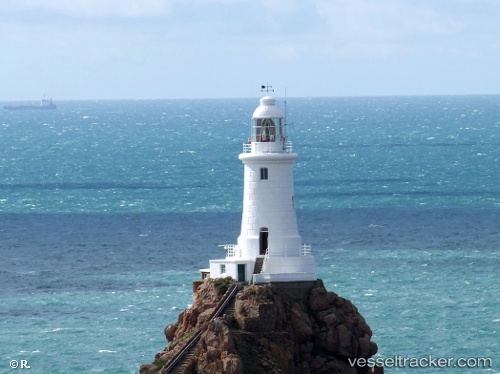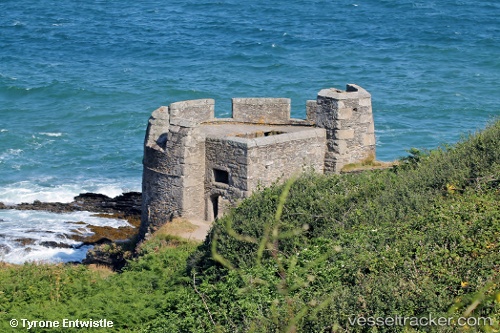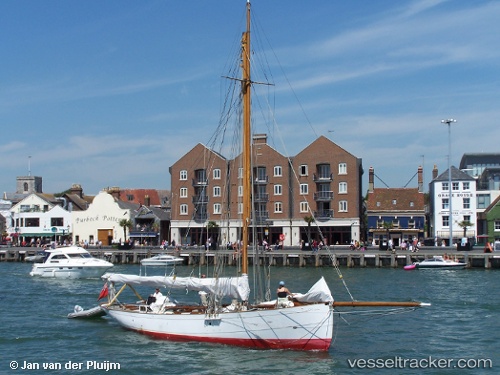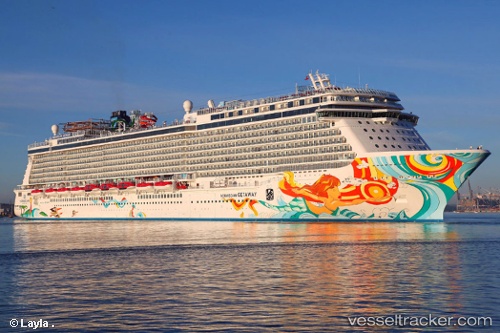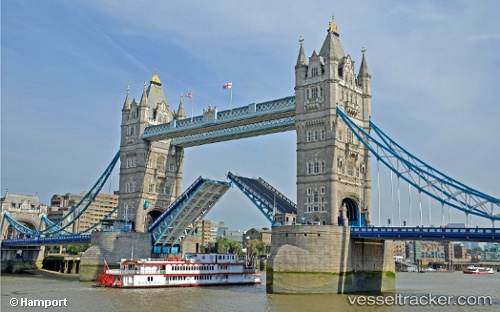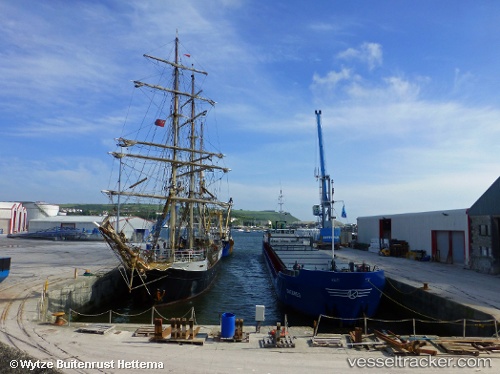
How far can a cargo ship travel in a day in atlantic cargo travel
How far can a cargo ship travel in a day in atlantic cargo travel. Cargo ships travel at various speeds, many around 20 knots (or 23mph). Multiply by 24 and you get 480 nautical miles, or 550 miles. Many could travel at 25 knots, but don’t because it uses more fuel (660 nautical miles/day or 760 miles/day) about How far can a cargo ship travel in a day. Some travel as slow as 12 knots in order to save fuel. They would only cover about 288 nautical miles per day (336 miles) for cargo ship travel in a day. The type of cargo they carry also influences how fast they go. A combination of the recession and growing awareness in the shipping industry about climate change emissions encouraged many ship owners to adopt “slow steaming” to save fuel two years ago. This lowered speeds from the standard 25 knots to 20 knots in ship travel in a day, but many major companies have now taken this a stage further by adopting “super-slow steaming” about atlantic cargo travel at speeds of 12 knots (about 14mph). See More Fuel consumption by a containership is mostly a function of ship size and cruising speed, which follows an exponential function above 14 knots to check How far can a cargo ship travel in a day in atlantic cargo travel. For instance, while a containership of around 8,000 TEU would consume about 225 tons of bunker fuel per day at 24 knots. At 21 knots, this consumption drops to about 150 tons per day, a 33% decline. While shipping lines would prefer consuming the least amount of fuel by adopting lower speeds, this advantage must be mitigated with longer shipping times as well as assigning more ships on a pendulum service to maintain the same port call frequency. The main ship speed classes are in How far can a cargo ship travel in a day:

Normal (20-25 knots; 37.0 – 46.3 km/hr). Represents the optimal cruising speed a containership and its engine have been designed to travel at in atlantic cargo travel . It also reflects the hydrodynamic limits of the hull to perform within acceptable fuel consumption levels. Most containerships are designed to travel at speeds around 24 knots. Slow steaming (18-20 knots; 33.3 – 37.0 km/hr) for ship travel in a day. Running ship engines below capacity to save fuel consumption but at the expense of an additional travel time, particularly over long distances (compounding effect). This is likely to become the dominant operational speed as more than 50% of the global container shipping capacity operated under such conditions as of 2011. See More . Travel times between the US and China, or between Australia and Europe, are now comparable to those of the great age of sail in the 19th century for cargo ship travel in a day. American clippers reached 14 to 17 knots in the 1850s, with the fastest recording speeds of 22 knots or more. Maersk spokesman Bo Cerup-Simonsen said: “The cost benefits are clear. When speed is reduced by 20%, fuel consumption is reduced by 40% per nautical mile. Slow steaming is here to stay. Its introduction has been the most important factor in reducing our CO2 emissions in recent years, and we have not yet realised the full potential. Our goal is to reducing CO2 emissions by 25%.”
Steve Joury
Latest posts by Steve Joury (see all)
- Travel from UK to Australia by Cargo Ship – An Oceanic Escape - July 3, 2025
- Travel from UK to India by Cargo Ship – The Alternative Route - July 3, 2025
- Travel from UK to Africa by Cargo Ship – A Complete Guide - July 3, 2025












